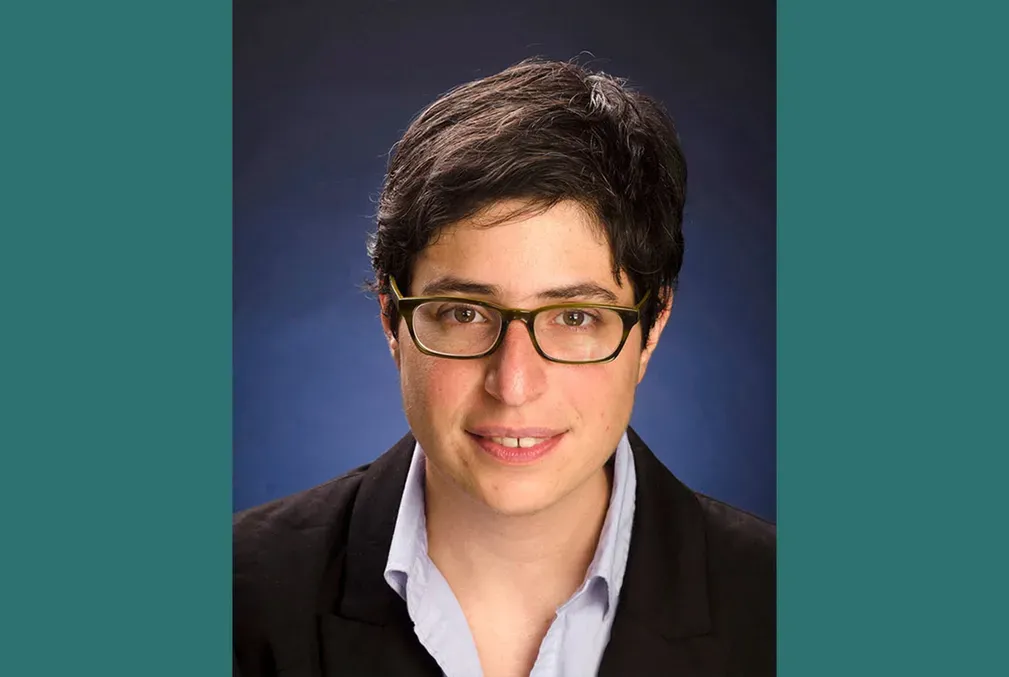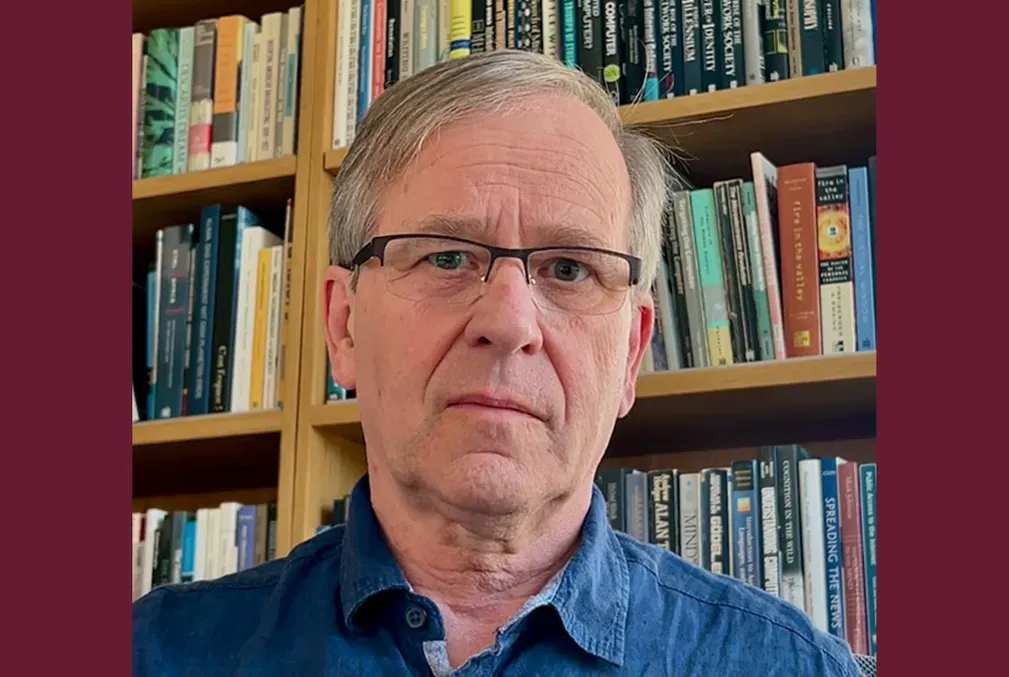Science and tech need intersectional analysis for accuracy, scholars say
In a Nature article, Stanford historian Londa Schiebinger and a global, multidisciplinary group of co-authors argue that analyzing the ways different types of inequality can intersect in people’s lives will improve natural science and technology research.
Without intersectional analysis, even the most promising advances in science and technology might miss the point, warns Stanford historian Londa Schiebinger.
The problem has been highlighted in the tech world by bias in facial recognition technology, used by millions to unlock their computers or phones. Initially, the technology had almost no problems recognizing white male faces, with an error rate of 0.08%. It had somewhat higher error rates for women and people with darker skin but notably the highest error rates, 34.7%, occurred when it attempted to recognize the faces of Black women.
Since then, the technology has started to improve after the problem was identified by researchers using intersectional analysis, which seeks to understand the compounded effects of sex, gender, race, age, class, and other sociopolitical dimensions.
“There are many examples of how using intersectional approaches led to better science—to more precision and reproducibility,” said Schiebinger, the John L. Hinds Professor of History of Science in Stanford’s School of Humanities and Sciences.
Intersectional analysis was developed in the humanities and social sciences. Recently, Schiebinger and a global, multidisciplinary set of co-authors wrote a perspective for Nature and made a case for including this kind of analysis in natural science and technology research.
Here, Schiebinger explains what she and her co-authors have learned and why anyone who does research or designs policy should care.
This Q&A has been edited for clarity and length.
Question: What is intersectionality in basic terms, and why is it important to science?
Answer: In 1989, legal scholar Kimberlé Crenshaw coined the term intersectionality to describe how multiple forms of discrimination, power, or privilege intersect in people's lives. We might consider gender separately or race and ethnicity separately, but when you look at the intersection or the compounded impact, you can better understand the problem and, therefore, find solutions.
Question: Why did you want to write this Nature perspective on intersectional analysis?
Answer: Our goal is to provide guidelines for researchers as well as peer-reviewed journals and funding agencies. You can never do research by prescription or recipe, so we step through the process in a way that makes sense to scientists, engineers, technology experts, etc. so that they can see what it involves.
I have been an advocate for sex and gender analysis, and we've had great success helping researchers understand what that means. In biomedical research, in engineering, and in many types of research, it has been embedded in the infrastructure, including in those of funding agencies like the European Commission and the National Institutes of Health. A lot of journals have implemented the SAGER guidelines, which are Sex and Gender Equity in Research guidelines. Numerous journals including JAMA, Nature, and The Lancet have adopted guidelines for race, ethnicity, and other socioeconomic factors, but there is a lack of guidelines for this kind of intersectional analysis.
Question: What are the implications if researchers ignore intersectionality?
Answer: When you ignore intersectionality, you might be missing the most relevant characteristic; you might be missing the main story. One of the examples in our paper is research on pollution from plastic and plastic-related chemical production. Researchers have studied this issue by geographic location, which is a really important factor, but one study added age and found that the most vulnerable people were children because they're in the early stages of physical and cognitive development. I would like someone to add an analysis by sex because I think you'd have a lot of issues surrounding pregnancy, and men and women metabolize chemicals differently.
The point is: If you ignore intersectionality, you may miss the main story, and if you miss the main story, then you may develop less effective policies.
Question: Why was it important to have a global set of authors on this particular subject?
Answer: We are talking about social categories, which vary by culture. Often in the U.S., we think in terms of sex, gender, race, and socioeconomic status, but in India, you also have to think of caste. If you're in South Africa, the race categories you are invoking will not be the same.
We have a global set of authors with representatives from the U.S., Europe, Africa, and Asia. We also wanted our examples to be global because this is not just a U.S. thing. Science is global.
Question: Speaking of the U.S., how can researchers adopt intersectionality in the current political climate with a federal administration trying to dismantle all efforts toward diversity, equity, and inclusion?
Answer: I really wish I knew the answer to that. I think that in many areas intersectionality has already become a standard form of research because it leads to better science. Precise science supports policy, and policy gets us to global solutions.
If we still have freedom for research, thought, and speech, then I think each researcher should be able to use the best methods for their particular project.
Acknowledgments
James Zou, associate professor of biomedical data science in the Stanford School of Engineering, is also a co-author on this paper.
Additional co-authors include researchers and representatives from the Geneva Graduate Institute in Switzerland; Harvard University; Institute of Marine Sciences, Italian National Research Council in Venice; The Lancet in London, United Kingdom; Microsoft AI for Good Lab in Nairobi, Kenya; National Research Foundation of South Africa; Seoul National University in the Republic of Korea; South China University of Technology; University of California, Los Angeles; and University of Copenhagen in Denmark.
Media contact: Sara Zaske, School of Humanities and Sciences szaske [at] stanford [dot] edu (szaske[at]stanford[dot]edu)




